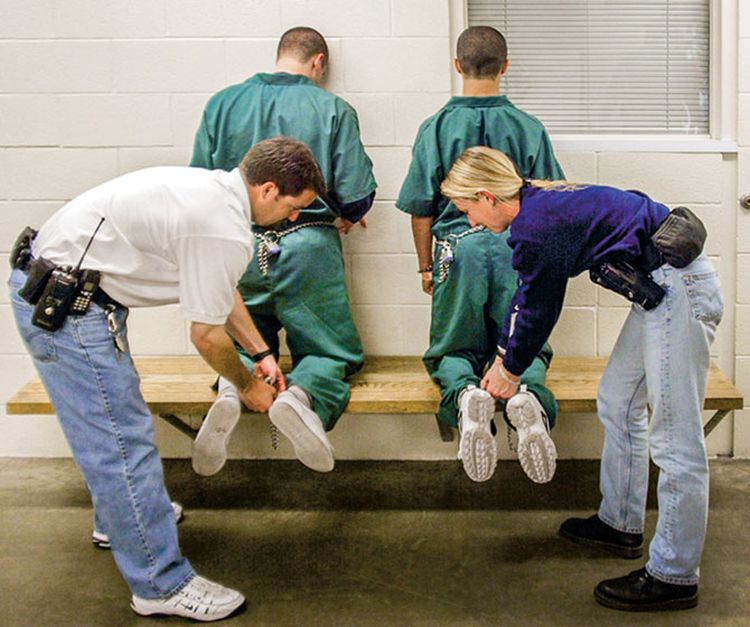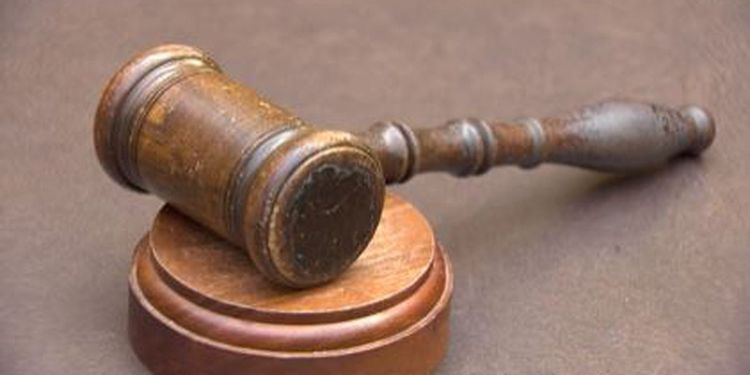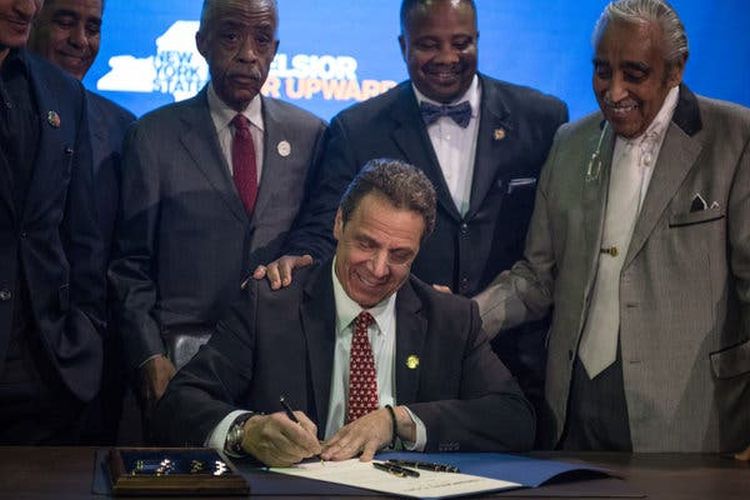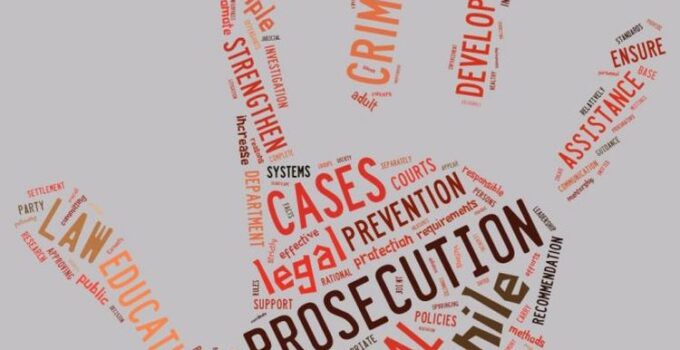New York was earlier among the only two states who prosecutes 16-17-year-olds as adults. In the year 2017, amendments were made, and Raise the Age (RTA) legislation was passed by the New York state, with this automatic prosecution of 16-17 years old as adults ended.
The main concern of RTA was not limited to changing the procedure of how young people are being treated and handled by the courts. Its aims also include making sure that all required facilities and services according to the age are being provided.
The FY 2018 budget included RTA legislation, which has increased the age to 18 years. RTA allows the youth who have conducted non-violent crimes to have a fairer system of justice. Newyorkcriminallawyer.com can be consulted to understand about RTA in a better way.

source:theguardian.com
Page Contents
Some essential features of RTA are listed below:
- In NewYork before October 2018, a 16-year-old youth used to be prosecuted as an adult for committing any crime. Along with New York, only one other state North Carolina treats 16-17 years old youth as an adult. More changes were made, and the age limit was made 17 years after 1 October 2018.
- With more amendments after 1 October 2019, for a person to be prosecuted as an adult for conducting any criminal activity was changed to 18 years. The youth of age 16-17 years may be prosecuted as adults for serious crimes like murder, assault, robbery.
- With the implementation of RTA, 16 years old, is charged with a felony will be considered as an “Adolescent Offender” (AO).
- The police must immediately inform the adolescent offender parents or guardian that the police have arrested the teenage offender.
- “Youth Parts Court” has been established for the prosecution of adolescent offenders.
- With RTA legislation, adolescent offenders have got a chance to get their case solved without jail or criminal conviction, which is different in the case of adults.
- The youth parts court may consider transferring a case to family court if it finds doing so will be in favor of justice. Felony charges with exceptions of some severe felonies can be transferred to the family court. Serious felonies may also be transferred to the family court if required in certain situations.
- Adolescent offenders are allowed for presumptive release while the youth court decides whether to move the case to the family court or not.
Arrest procedure

sourceupfront.scholastic.com
When an AO has been arrested or detained, then immediately his/her parents or guardians are to be notified. The AO cannot be questioned about anything if the parents or guardians are not involved. Also, it has to be ensured that the interrogation is being conducted in an age-appropriate environment.
The very first service which will be provided to an AO is probation case planning. A probation officer is assigned if an AO asks for probation service and accepts it. Risk and need assessment are conducted in the presence of AO counsel. Later this is mentioned in the pre-sentencing investigation report of the AO.
Modifications in the court

source:theguardian.com
- It is required that all the county courts must have “Youth Part”. The judges who are looking at the cases in the Youth Part are required to be the family court judges. Also, the judges must be specially trained by the superior courts. There will be no changes in violations and they will be intact as current law.
- Except for vehicle and traffic law misdemeanors, all the other misdemeanor cases will be presented in the family court.
- According to the new law, felonies that are non-violent will be first presented in the Youth Part. It will later be transferred to the family court. If the case is not being transferred then the District Attorney has to state the conditions because of which the case should remain in the Youth Part of criminal court. To make this decision, the judge has a period of 5 days.
- Violent felonies can also be transferred to the family court from the Youth Part of the criminal court. Here AO’s charges should not include making use of or display of any deadly weapons, which possibly can cause severe physical injury. The judge has a time duration of 5 days to decide whether to transfer the case to the family court or not.
- If the situation is not being transferred and remains with the Youth Part of the criminal court, then the 16-17 years old offenders will still be considered as AO. At the time of sentencing, the judge must consider the age of AO.

source:theguardian.com
Rehabilitation services
All rehabilitation activities will be conducted under the “Program Treatment Model”. Every youth will be allowed to attend therapy programs to develop cognitive skills. AO’s who are students for the academic development programs will be held.
Provision to get the record sealed
RTA legislation provides certain AO’s who have been convicted of some criminal activity previously an opportunity to get their criminal records sealed. If the offender does not commit any criminal activity and remains crime-free for 10 years, then he/she may get the chance to get the criminal record sealed. AO’s convicted for more than one felony are not eligible to do so.

source:nytimes.com
Different authorized departments together will monitor and make decisions for services related to discharge and re-entry. Some services that are available here include support for employment, medical facilities, mental health care facilities, and education-related facilities.
Best Criminal Lawyer in New York can be consulted for any advice, criminal defense, and representation. Implementation of RTA legislation leads to the improvement of the criminal justice system of New York. Treating youths and adults in the same category has led to many unfortunate consequences.
By raising the age limit, youths now have a better chance to learn from their mistakes and make themselves useful for society. Earlier being treated the same as adults, youths had no opportunity to work on their mistakes and become better people in the future. RTA gave a way to make these youths productive rather than just leaving them hopeless.





